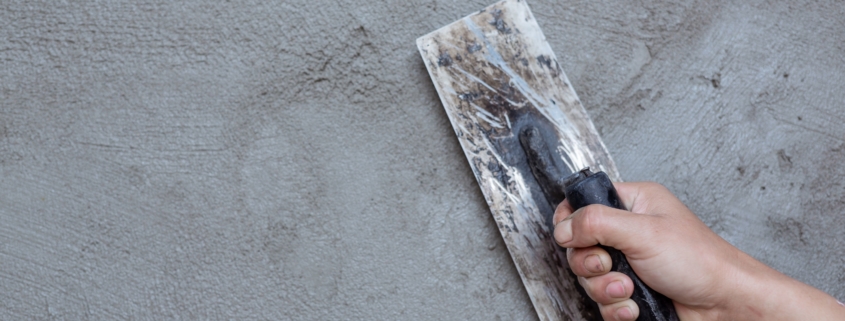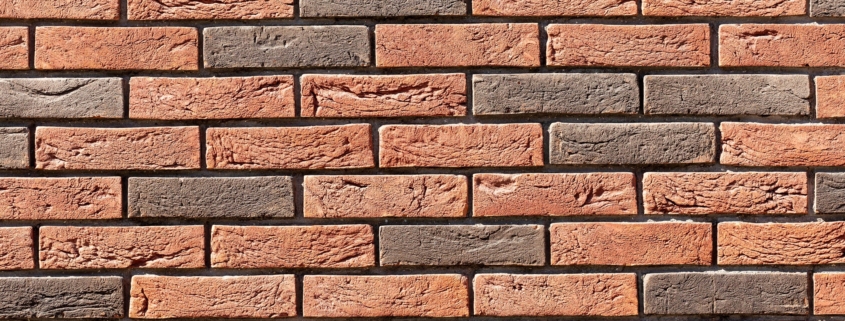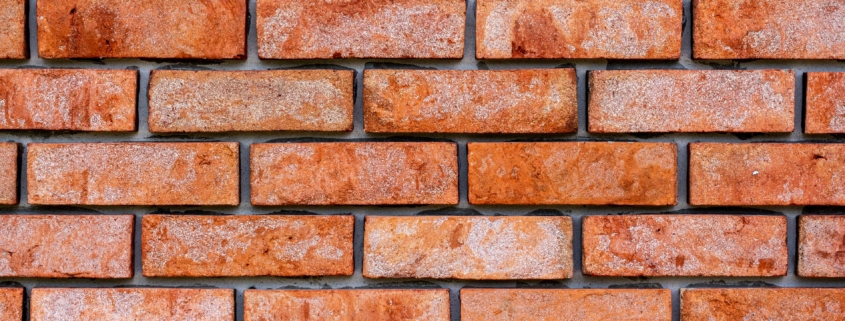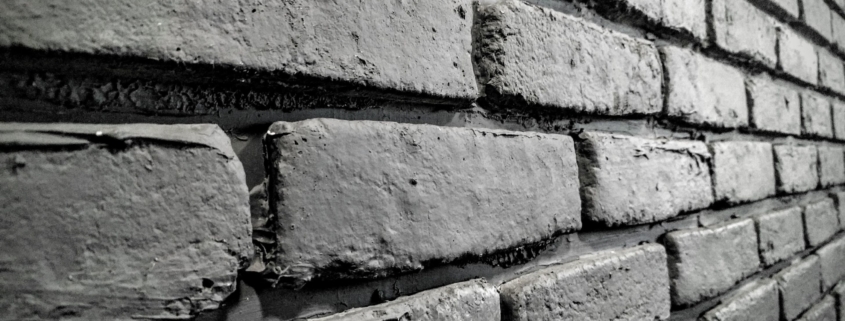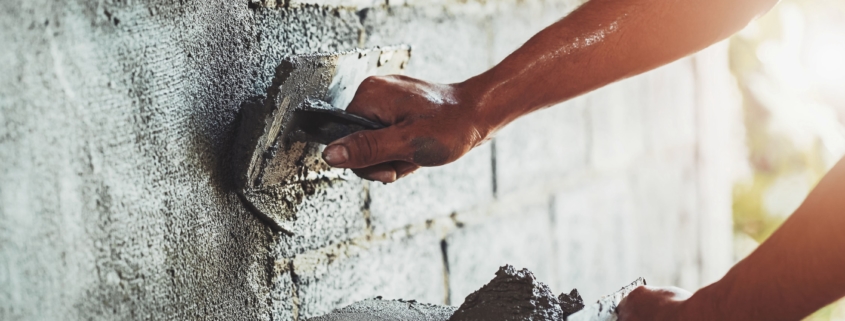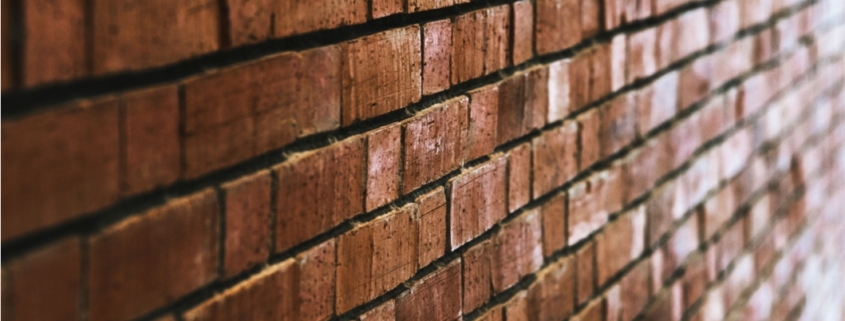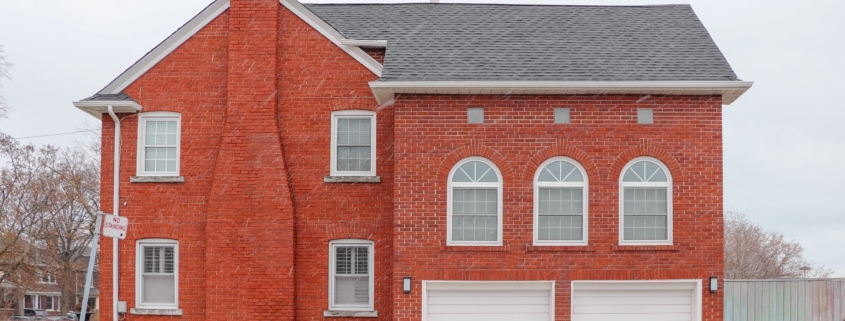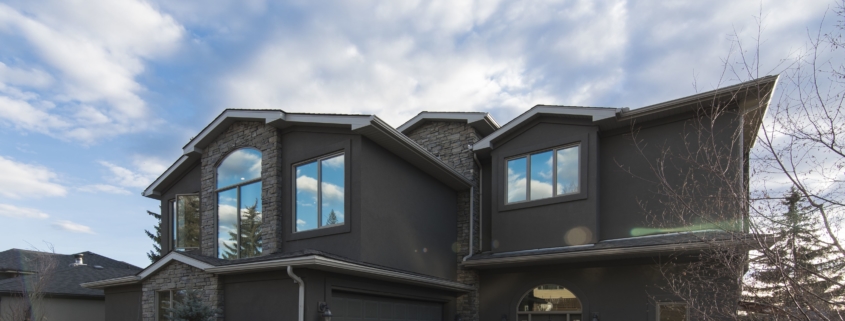When you’re getting your house constructed or renovated, it is important that the results meet your expectations. In order to achieve that, you need to hire the best professionals—including the best mason. The masonry is one of the most important aspects of your house. If it isn’t correctly done, your house may not have a safe structure.
Here are the benefits of hiring the right mason:
- They Have the Right Skills and Expertise
During the construction project, you don’t want just anyone to do the masonry job for you. Masons are very skilled in their field, which involves a lot of concrete, bricks, and stones. These are the materials needed to build the foundation of your home. Even the smallest issue can result in bigger problems throughout the whole process, so you need a qualified mason to do the job.
- They Are Qualified to Build Your House
Masons and masonry contractors are very much qualified for the job. A mason can read the blueprints of your home, and also have strong mathematical skills needed for accurate and stable construction. They also have great stamina to do the job and the strength and equipment to handle these heavy materials.
- They Own the Right Tools
It is impossible to overstate that you’ll need someone who has the right equipment and tools. If you’re planning to do the masonry job by yourself, you might not own the right equipment. This might affect your home structure. Masons own all the proper equipment needed for masonry. They have brick splitters, trowels, line stretchers, and masonry jointers. Masons are experts in using these tools as well.
- They Have Insurance
Masons always do the right job during construction, but if something goes wrong, which is sometimes unavoidable, their company and contractor should have liability insurance. This will save you from any financial problems if there is any damage that needs to be fixed. Masons are really good at their job, so you won’t have to worry about damage and injuries most of the time.
How Much Are Masonry Services?
Masonry services depend on the mason and the masonry contractor. However, be skeptical if the fees are lower than the normal rate. Ask why their rates are low and about the benefits from their services. As the saying goes, “You get what you pay for.” You don’t want to waste your money on bad service. So, ask a lot of questions of the contractor, and know if the price they’re asking is worth it.
The Bottom Line
Hiring a qualified and professional mason is worth it. They will ensure that your house is constructed very well. After all, you want your future home to be in the best condition. So, make sure to look for the right mason and masonry contractor.
If you’re in need of masonry services in Toronto, you can contact us, Red Robin Masonry! We make sure to give our clients the best masonry service their home needs. We are aware and we understand that your home is possibly your biggest investment in life, so we want to give justice to your construction project. Contact us for your masonry inquiries!


